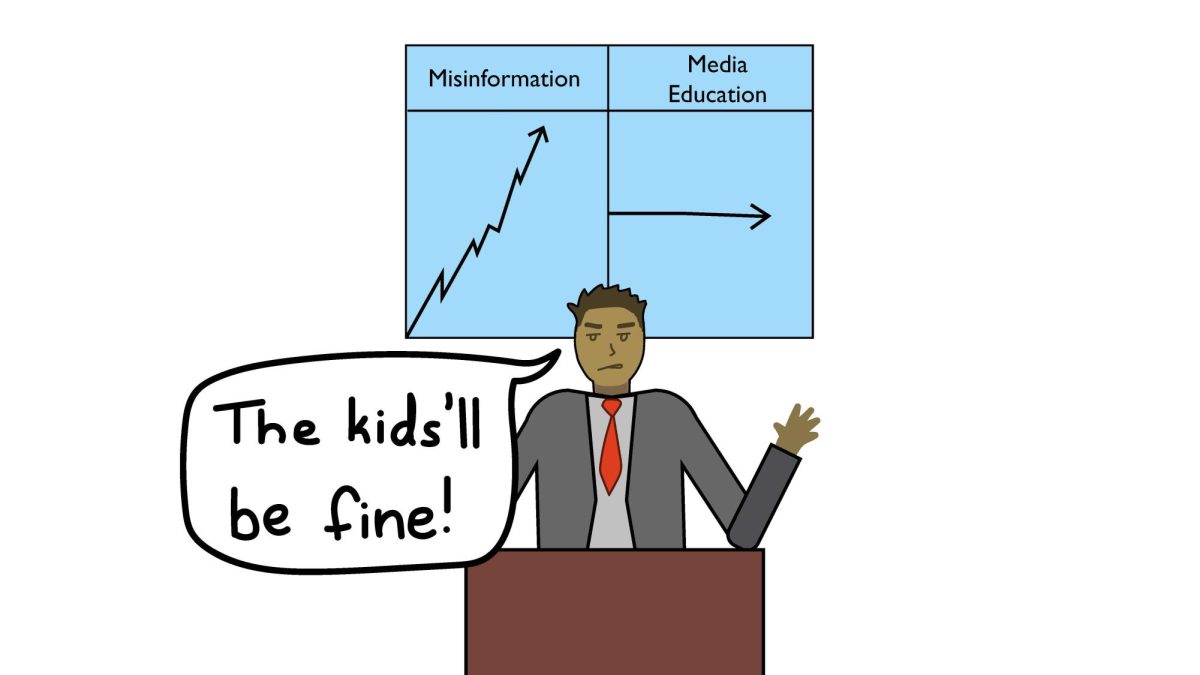Amidst the extreme precautions taken by Northshore School District in light of the developing COVID-19 situation, normal school days were stopped in favor of an online learning curriculum for the week of March 9 to March 13. The school closure, which was targeted toward minimizing the spread of disease to the elderly and the immunocompromised, led to students learning exclusively at home through laptops and online resources such as Zoom and Google Classroom. Although it may have been difficult for students to initially adapt to the cloud learning environment, the continued efforts of teachers during this unprecedented situation resulted in a system that allowed students to continue receiving quality education throughout the week.
Often, one of the biggest challenges of learning is keeping track of the diversity of resources that teachers use in their curriculums. While this same issue could have occurred with online learning, the push for teachers to synchronize their lessons by using the same platforms— namely Google Classroom and Zoom– made online learning smooth and accessible. This trend greatly improved the organization of lessons by keeping them in one place. Instead of checking three or more places to find their homework and classwork, students were able to compile their daily assignments all at once, easing concerns over the possibility of missing or skipping assigned work.
In addition to teaching platforms, provided resources offset several of the drawbacks of online learning. During this week, teachers filmed themselves giving lectures or uploaded YouTube videos of the lesson, giving students the opportunity to rewatch and rewind the lectures to comprehend concepts they were struggling with or to gain a deeper understanding of the lesson. This option would not be available in conventional lectures because the lecture would be confined to a class period and teachers would not have the time to go over specific concepts again. Although video lectures can take away the students’ opportunity to ask live questions, open communication was reinforced through email or video calls. This in turn also promoted more thorough questions and increased communication with teachers, as students could take time to understand the content instead of asking questions as the lecture was given.
The online school system additionally benefited students by giving them more liberties in their own learning. While class periods were loosely structured with a modified block schedule, students had the freedom to schedule their school day according to their own availability instead of the regular school schedule. Many teachers chose to give students the duration of the school day to complete assigned classwork and because students had only 3-4 periods daily. Students had the opportunity to appropriately manage their time, teaching them valuable skills in organization and giving them the time necessary to understand content that a regular school day may not provide. Even the school start time, which shifted from 7:30 to 9 a.m., signified more freedom for students. An unintended effect of these changes was that several factors that majorly contribute to student stress were removed. Students no longer had to wake up as early as before, attend as many classes throughout the day, and would theoretically receive less homework as well. Although these alterations required students to take more ownership and responsibility for their individual learning, these skills are extremely advantageous to youth in the long term. While some struggled under the time management and incentive required to complete assignments under their own schedule, the online schooling system reflected more accurately how a university class would function, teaching students the benefit of learning how to manage their own time and work.
From the big picture standpoint, the short online schooling period was effective at both continuing education in an organized and accessible way and in giving students more independence over their education. In a time period of uncertainty and endless questions, the Northshore School District managed to procure ‘quality education’ by providing lessons and resources that closely mimicked those students would receive in a regular school day. In the current day, the developing situation caused by new legislation forces more closures and new guidelines to adhere to. While the Northshore School District works with state and federal regulations to create a system that will be sustainable for the six-week hiatus, the gap between two systems presents yet another obstacle for students to adapt to just as they were beginning to familiarize themselves with the previous model. As the new online school system prepares to launch after spring break, it will hopefully address equity issues that have forced the first iteration to close while retaining the core elements of the online schooling curriculum that delivers valuable education through creative methods.






















